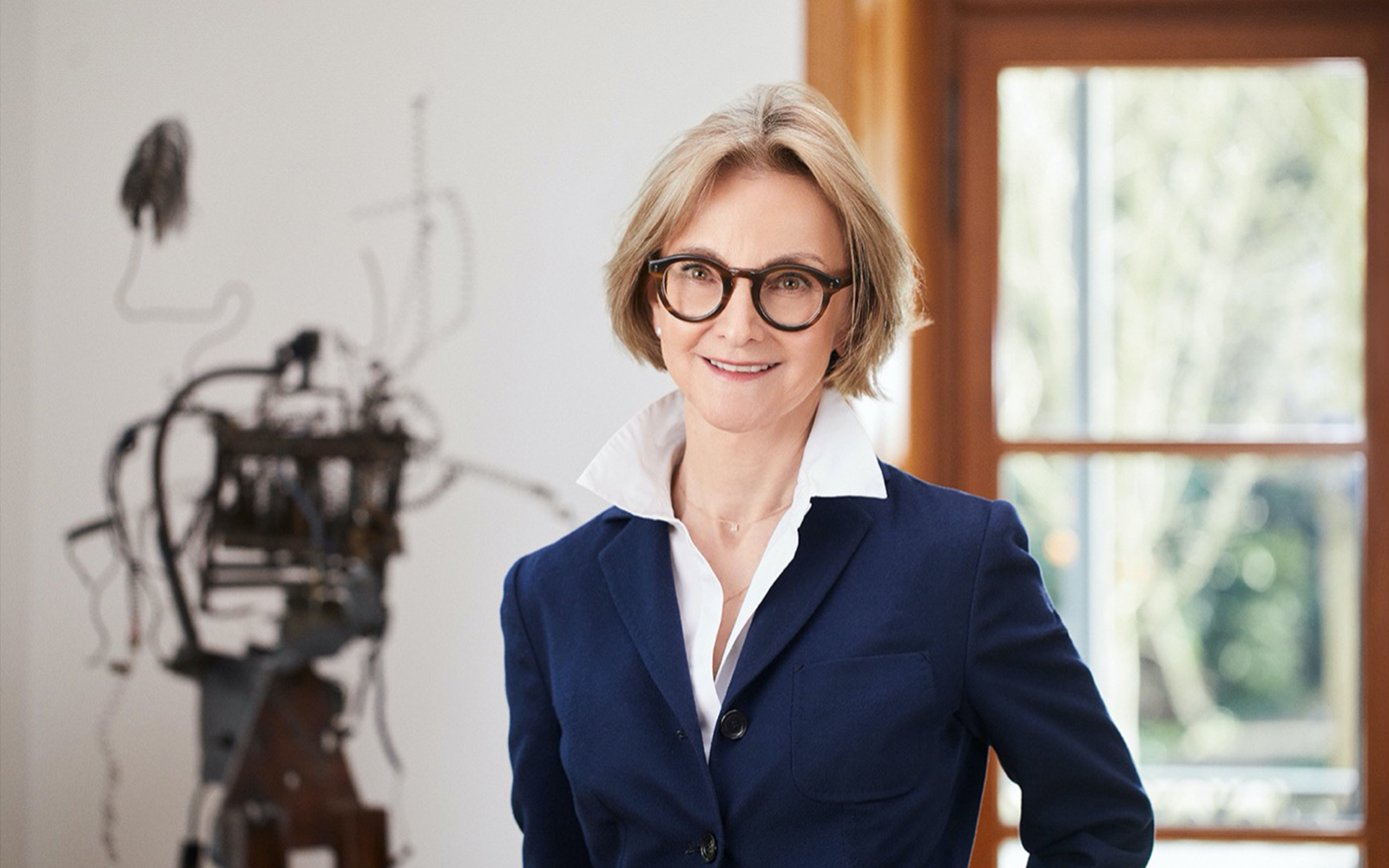The Value of Art
Angela Berney – 13.06.22
One auction record seems to chase the next in the art world. We have long been accustomed to associating works of art with seven-figure sums. Leonardo da Vinci’s “Salvator Mundi” changed hands for USD 450 million in November 2017, and just a few days ago Andy Warhol’s “Shot Sage Blue Marilyn” from the collection of Doris and Thomas Ammann was auctioned off for USD 195 million in New York.
But record sales are not only achieved at elaborately staged auctions and exclusive events in the world’s art capitals. In recent years, some of the biggest art sales have taken place in so-called “private sales”, discreetly and to the exclusion of the public. Demand for them has risen steadily in recent years. In 2015, the sale of Paul Gauguin’s Nafea Faa Ipoipo (When are you getting married?) for USD 210 million from a private collection in Basel became well-known.
The art market in a few figures
According to figures just published *, the global art market reached an estimated turnover of USD 65.1 billion in 2021. This represents an increase of 29% after the years of crisis caused by the pandemic. The art market is thus financially far less significant than one might sometimes think. On the NYSE, the New York Stock Exchange, a multiple of the annual art market is traded – every day.
Public vs. private
The division of the art market into a “public” and a “private” market leads to the art market being perceived as intransparent. Sales figures are available for auction houses – the public market. Their sales amounted to USD 26.3 billion in 2021. These figures can be accessed via the global database artnet and are available to all interested parties. However, reliable information is lacking for private sales via art dealers, galleries, and at fairs. And at USD 34.7 bn, these accounted for 54% of the total market in 2021. A large part of the trade is therefore only rarely perceived by the public.
Highlights vs. everyday life
Nevertheless, the art market is far less sensational than one might sometimes think. Record results are the highlights of the art market. The top sales mentioned at the beginning of this article cause a sensation and are communicated worldwide in the media. But such highlights are a rarity. In fact, works selling for more than USD 5 million account for only 15% of sales at auction. As many as half of all works are sold for less than USD 500,000.
In the private art trade, at fairs and in galleries, even more than 80% of the works are sold at a selling price below USD 50’000. Only four percent sell for more than one million USD.
Basel as the center of the international art market
This week, as every year since the first edition of Art Basel in June 1970, Basel is the center for the international art world. The world’s most famous galleries offer their best works for sale here. But why Basel in particular?
It’s certainly no coincidence. In 1661, the city and the University of Basel bought the legendary Amerbach Cabinet. In the same year, it was put on public display in the Haus zur Mücke on Schlüsselberg. Since then, Basel has had the oldest museum collection of a civic community. This happened at a time when art collections were the privilege of an aristocratic world and were only exhibited in palaces or private residences. The Amerbach Cabinet in Basel was therefore a real sensation and a pioneering step in the international art world. By comparison, the Louvre in Paris was not opened to the public until 1793, more than 130 years later.
Since then, art and living with art have had an important tradition and status in Basel. This is one of the reasons why the city has an impressive density of museums – especially when measured against its size. In addition, the city is also home to important private collections, which in turn are always making a name for themselves.
Art as an asset
Art is inherited, collected, bought and sold again. A passion for collecting, a passion for art, an interest in an artist, an art movement, as an investment or simply for the pleasure of seeing works of art – the reasons for living with art are many and varied.
The important thing is that art always represents an asset and should be treated accordingly – just like other tangible assets. Professional inventory and documentation provide an overview of what is available. This is an important basis for decision-making in the case of inheritance, insurance questions, tax issues, sale, estate planning or divorce and separation. Berney Fine Arts Services offers these services – discreetly, conscientiously and reliably !
Angela Berney is founder of Berney Fine Arts.
*”The Art Basel and UBS Global Art Market Report,” Dr. Clare McAndrew, Arts Economics

